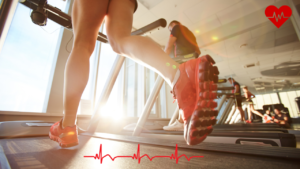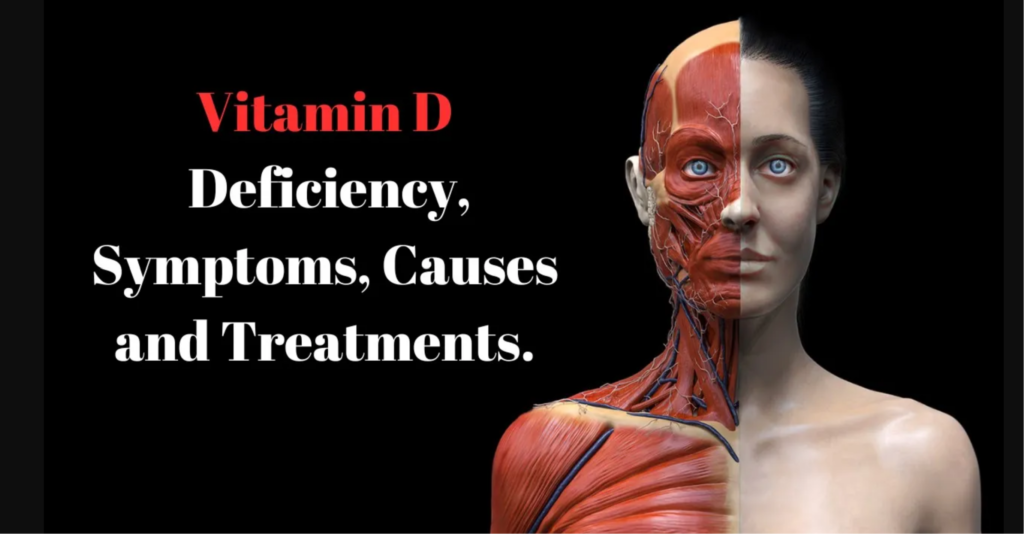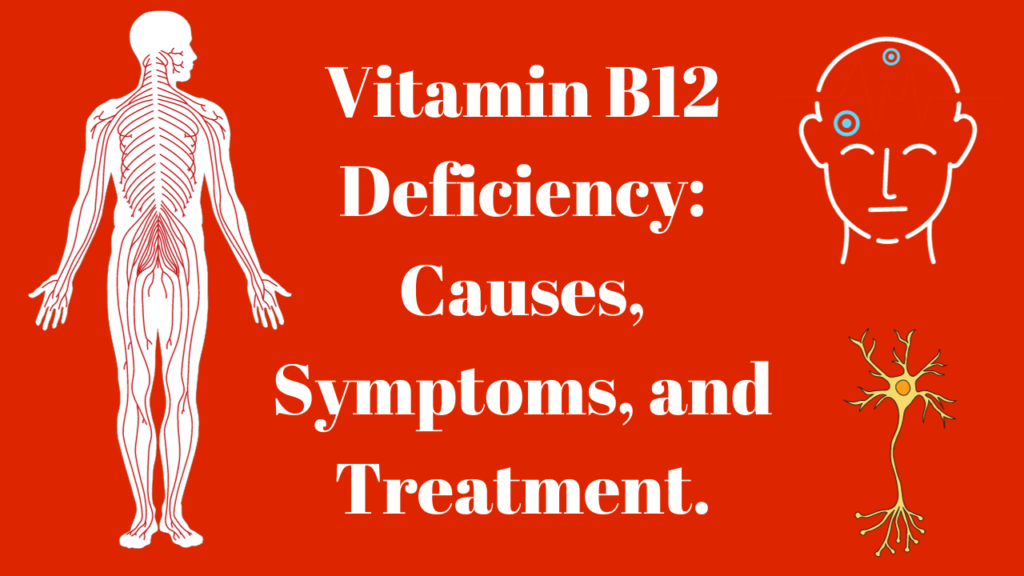Burning Fat While Building Muscles
Introduction
In the relentless pursuit of a sculpted physique, the delicate balance between burning fat and building muscle often seems elusive. we understand the intricacies of this challenge and are committed to providing you with expert insights to help you achieve your fitness goals effectively.
To kickstart our journey, let’s delve into the science of fat burning. Adipocytes, commonly known as fat cells, store energy in the form of fat. Achieving fat loss requires creating a caloric deficit, where the body burns more calories than it consumes. Incorporating a balanced diet with nutrient-dense foods and engaging in regular cardiovascular exercises are fundamental steps in enhancing fat burn.
Unveiling the Enigma of Simultaneous Muscle Building and Fat Incineration
In defiance of prevailing notions, mastery lies in the delicate equilibrium between amplifying muscle and diminishing adipose tissue. Here’s the guide!
Unlocking the Code to Simultaneous Muscle Growth and Fat Combustion | Culinary Strategies for Muscle Build and Fat Burn | Optimizing Exercise Regimens for Muscle Growth and Fat Incineration | Supplements that Foster Muscle Build and Fat Burn
Male-centric fitness literature frequently advocates for bulking phases as the pathway to muscle augmentation. However, a multitude of women (and a significant number of men) harbor no inclination to witness an uptick on the scale while fortifying lean mass!
Indeed, the prospect of “recompositing,” the art of simultaneously gaining muscle and shedding fat, is not for the faint-hearted. It demands a meticulous calibration of caloric intake, ensuring an adequate supply of proteins, carbohydrates, and fats to nourish muscle expansion while coaxing the body to tap into its fat reserves. Yet, nutritional manipulation alone doesn’t suffice. To optimize outcomes, a synergy of resistance training and high-intensity cardiovascular exercises becomes imperative.
Presented below are my most potent methodologies to guide you through the intricate terrain of straddling muscle accretion and fat dissolution.
The twin imperatives of building muscle and torching fat place an exorbitant demand on protein—especially when navigating both endeavors concurrently! Strive for a daily intake of 1 gram per pound of body weight, deploying protein shakes as allies in achieving this target.
Amass a Moderated Quantity of Calories
In the pursuit of striking a delicate equilibrium between fortifying muscle development and orchestrating adipose incineration, it becomes paramount to pinpoint your caloric nexus. It is imperative to ingest a judicious amount of calories that not only sustains the anabolic processes fostering muscle synthesis but also galvanizes the liberation of adipose stores.
Keep in mind, this is not a regimen per se; it is an endeavor to amplify muscular fabric concurrently with a proclivity for obliterating entrenched lipid reservoirs. An individual who is wholeheartedly investing in vigorous exercise routines necessitates the adept equilibrium of macronutrients and a calorific intake substantial enough to propel their exertions towards muscular hypertrophy and adipose dissolution.
Elevate Your Protein Intake
Ensuring a substantial infusion of protein, thoughtfully distributed across the day, safeguards your muscle fabric against deterioration. When amino acids circulate within your physiological system, it signals to your body that dismantling muscle structure is unnecessary for their extraction.
Hence, banish any reservations about augmenting protein ingestion. Deliberate on elevating your daily protein quota to no less than 1 gram for each pound of your body weight. If your pursuit involves rigorous exertion in the gym or a dedicated endeavor for profound leanness, a more substantial intake—perhaps around 1.5 grams or beyond—may prove advantageous.
Intriguing, isn’t it? It may seem like a substantial amount, but recent investigations reveal that consuming fivefold the existing daily protein recommendation (0.36 grams per pound of body weight) exhibits no detrimental effects on adipose tissue reserves.
Moreover, adopting a protein-rich regimen demonstrates a favorable influence on the caloric expenditure throughout the day. This materializes as an escalation in the quantity of calories expended during the processes of digestion, assimilation, and dispersion of nutrients, commonly known as the thermic effect of food.
Reduce Your Carbohydrate
Intake Anticipated, didn’t you? Indeed, you must curtail carbohydrates—not entirely, but to a juncture where they are judiciously utilized. Ingest the majority of your carbohydrates at optimal intervals: a bi-hourly span before engaging in physical exertion and immediately post-exercise. The residual carbohydrate consumption during the day should predominantly emanate from fibrous botanical sources. Vegetative sustenance will not only regulate your vitality but also serve as a bulwark against pangs of hunger.
A commendable baseline involves striving for 1.5 grams of carbohydrates per pound of bodily mass throughout the day. Naturally, this benchmark is subject to the extent of physical activity undertaken. On days devoid of training endeavors, contemplate diminishing your carbohydrate intake to the range of 0.75-1.0 gram per pound.
Optimal Consumption of Nutrient-Rich Lipids
In the quest for body fat reduction, an excessive reduction in dietary fat intake is a common but misguided approach. The intricate dance of maintaining an optimal cellular structure and hormonal equilibrium heavily relies on the inclusion of fats. This intricate interplay is pivotal for fostering an environment conducive to muscle development. Moreover, these lipids contribute significantly to satiety, ensuring a sustained feeling of fullness.
endeavor to incorporate approximately 0.5 grams of lipids per pound of your corporeal mass daily. Ensure a diverse inclusion of origins to harness the myriad advantages presented by various classifications of salubrious adipose components.
Embark on the Journey of Muscular Development, Not Fat Reduction
Indulging in prolonged sessions of circuit training with lightweight for extensive repetitions doesn’t constitute the optimal formula for fostering muscle growth. Instead, direct your attention towards incorporating compound movements, such as squats, deadlifts, presses, and rows. These actions afford you the capacity to hoist substantial weights, triggering stimulation across the broad expanse of muscle mass, making them the cornerstone of each workout. Concentrate on the progressive augmentation of the weight you can manage, targeting a range of 5-8 repetitions per set.
While still permissible to infuse your regimen with higher-repetition exercises, the chosen weight should pose a formidable challenge, necessitating grit to complete 15-20 reps. The fusion of robust resistance training interwoven with high-repetition exercises stands as the quintessential approach for optimal muscular development.

“Engage in Cardiovascular Exercise for Fat Oxidation
Not Caloric Dissipation Among the prevalent errors individuals commit in their quest to incinerate adipose tissue lies the proclivity for prolonged sessions of steady-state cardiovascular activity. While undeniably effective in caloric expenditure, this approach unfurls the perilous tapestry of a caloric deficit, wherein the organism’s inclination shifts towards catabolizing lean muscle mass rather than prioritizing the combustion of body fat.”
In the pursuit of achieving a fusion of slimness and robust physique, I advocate prioritizing high-intensity interval training (HIIT) as the principal modality for cardiovascular exercise. Why, you may ask? HIIT has demonstrated its prowess in safeguarding muscle mass while concurrently optimizing the utilization of fat as a primary energy source. This symbiotic effect is undeniably advantageous!
Given the demanding nature of HIIT on your physiological system, it is prudent to eschew daily engagements with this training. Aim for a frequency of 1-3 sessions weekly, with an upper limit set at three sessions. Should you perceive that HIIT is depleting your vigor in the realm of weight training, consider moderating your involvement.
Acknowledging the intricate link between mental and physical well-being is paramount. Stress management, quality sleep, and mindfulness practices contribute significantly to achieving holistic fitness. Cortisol levels, often elevated during periods of stress, can hinder both fat loss and muscle growth, underscoring the importance of a balanced lifestyle.
Consistency is Key
Consistency emerges as the linchpin in realizing sustainable results. Craft a realistic fitness plan, aligning with your lifestyle, and adhere to it diligently. Celebrate small victories along the way, recognizing that the journey towards optimal health is a marathon, not a sprint.
Conclusion
In our journey towards burning fat while building muscle, the integration of science-backed strategies and a holistic mindset sets the stage for transformative results. we invite you to embark on this empowering expedition, unlocking the secrets to a leaner, stronger, and healthier you.
Frequently Asked Questions (FAQ)
1. What is the optimal balance between fat burning and muscle building?
Achieving the ideal balance involves a personalized approach. Tailor your diet to create a caloric deficit for fat loss and ensure a protein-rich intake to support muscle growth. Incorporate a mix of cardiovascular and resistance training, adjusting intensity based on your fitness goals.
2. Can I burn fat and build muscle simultaneously?
Yes, it’s possible through strategic planning. High-Intensity Interval Training (HIIT) and compound exercises can promote both fat loss and muscle gain. Nutrient-dense diets and targeted supplementation further enhance these dual benefits.
3. How does intermittent fasting contribute to fat loss and muscle building?
Intermittent fasting leverages the body’s fasting states to enhance fat burning. When combined with workouts, it promotes muscle development. However, it’s crucial to consult with a healthcare professional before adopting intermittent fasting, especially for extended periods.
4. What role does stress management play in fitness?
Stress, particularly elevated cortisol levels, can impede fat loss and muscle growth. Incorporate stress management techniques such as mindfulness, adequate sleep, and relaxation practices to foster overall well-being.
5. Are supplements necessary for optimal results?
Supplements can enhance results, but they should complement a well-rounded diet and exercise routine. BCAAs aid muscle recovery, and thermogenic supplements can boost fat burning. Consult with a healthcare professional before introducing new supplements to your regimen.
6. How important is consistency in achieving fitness goals?
Consistency is paramount. Develop a realistic and sustainable fitness plan that aligns with your lifestyle. Celebrate small victories and stay committed to your goals over the long term for lasting results.
7. Can I follow these strategies if I’m a beginner?
Absolutely. The principles outlined apply to individuals at all fitness levels. Beginners may want to start gradually, seeking guidance from fitness professionals or healthcare providers to ensure a safe and effective journey.
8. How long does it take to see noticeable results?
The timeline for results varies based on factors like individual metabolism, dedication to the plan, and genetic predispositions. On average, noticeable changes may occur within a few weeks to a few months. Patience and commitment are key.
9. What is the significance of the mind-body connection in fitness?
The mind-body connection underscores the importance of mental well-being in physical health. Stress, anxiety, and poor mental health can hinder fitness progress. Incorporate practices like meditation and mindfulness to foster a balanced approach to overall wellness.


